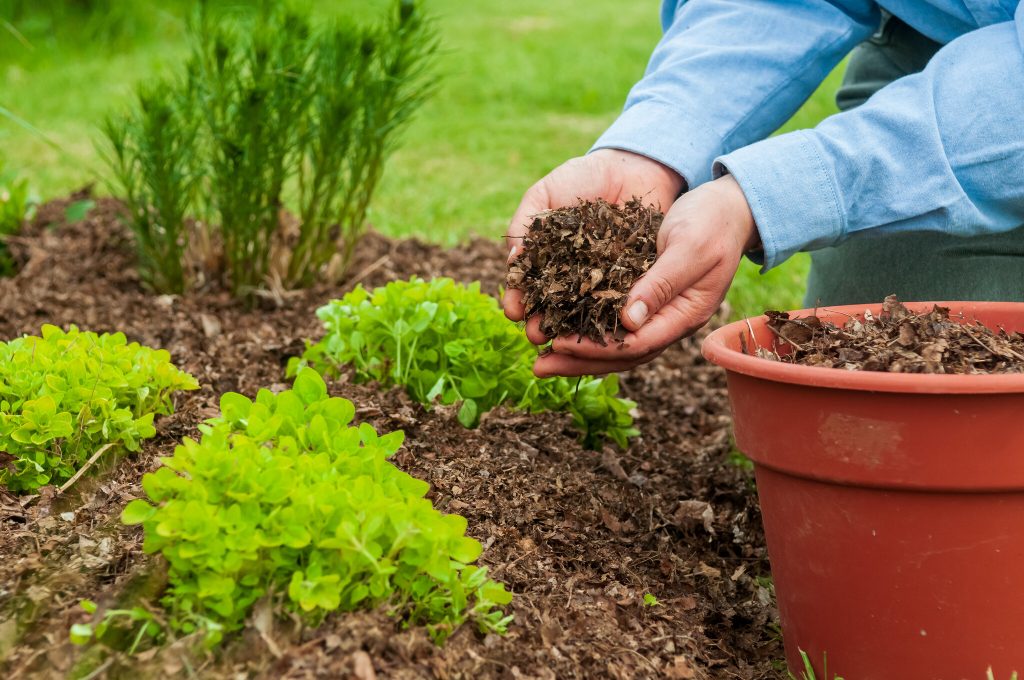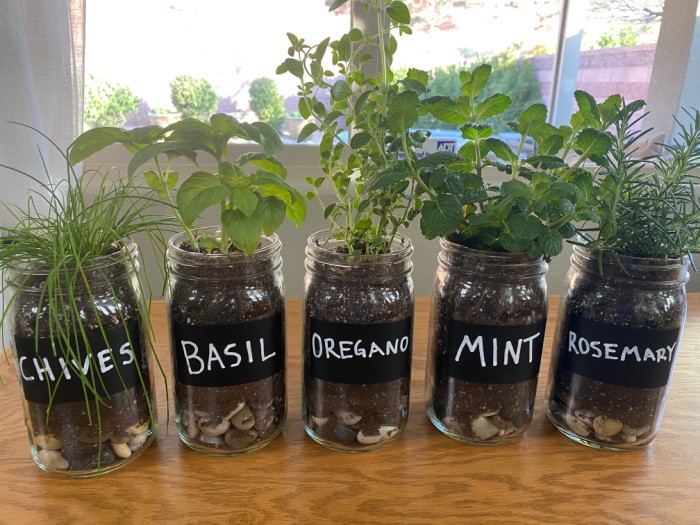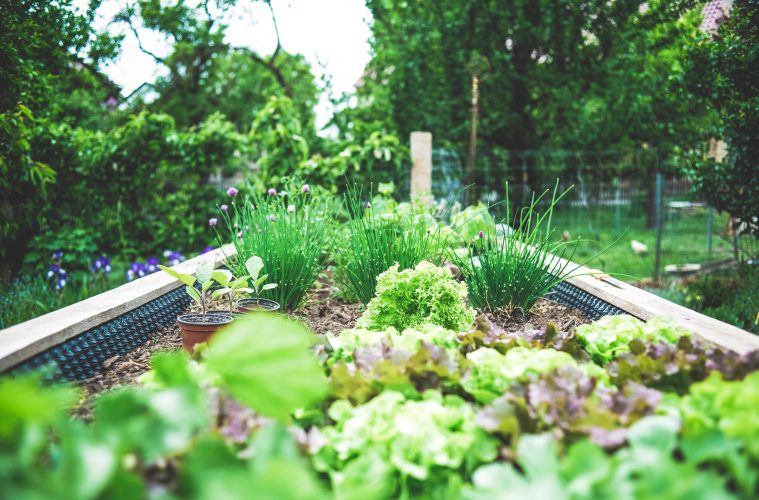It’s disheartening to see our lovingly tended edible plants die because of lack of water. But with some simple techniques, this doesn’t have to be the case.
Healthy soil
No-dig gardening methods and increasing the amount of organic matter and humus in the soil improve its water-retaining ability. Humus acts like a huge underground sponge. Instead of water running off, it is soaked up and held in the soil with air pockets so it doesn’t become waterlogged. Water does more than provide liquid for plants to drink. It breaks organic matter into soluble nutrients, which it carries through the soil to the roots.
Mulch, mulch, mulch
Mulching (adding leaves, compost, manure, and other organic matter to the surface of the soil) is one of the simplest yet most beneficial things we can do.
Mulching creates a forest floor environment that plants love. It reduces weeds and the spread of disease, strengthens roots, improves the quality and fertility of the soil, and, most importantly, retains moisture and regulates temperature.
- Weed and water well before applying mulch.
- Preferably use organic mulches such as compost, straw, leaf mould, manure, grass clippings, autumn leaves, and herb clippings – especially artemisia, sage, and lavender, as these strong-smelling herbs also repel bugs.
- Apply mulch 5-15 cm deep when seedlings are about 3-5 cm high.
- Mix fresh grass clippings with leaves, otherwise, they become dense and slimy.
- Leave a mulch-free circle of about 3-5 cm around stems to prevent rot.

Pexels
Water-wise planting
Establish small beds and space plants so that when they’re full-sized, their leaves just touch one another. This creates a living umbrella that shades the soil, keeping it moist.
Sow seeds under plants that will shortly be harvested and removed. Their leaves will provide sun protection and retain moisture for germinating seedlings.
Plant ground-cover crops (such as clover) to improve soil and avoid leaving it exposed.
Drought-tolerant plants
You will be inviting disappointment if you sow lettuce or coriander during the hottest summer months. Instead, choose plants that enjoy the heat and don’t go to seed quickly. Examples are sweet potatoes, Swiss chard, tomatoes, perennial beans, brinjals, spring onions, chives, chilies, and Mediterranean herbs such as oregano, sage, thyme, and rosemary.

Unsplash
Go undercover
A shade cloth cover reduces the effects of the sweltering sun. Keep the sides open to allow air to flow through. In hail-prone areas, make it pitched – if flat, the stones will collect and their weight will break the supports or tear the shade cloth.
Be water savvy
Even when using these methods, if there is no rain, we need to water. Drip irrigation is the most effective way to deliver water directly to roots, without any wastage or loss from evaporation. Drip irrigation can be connected to a timer to ensure regular watering.
- If plants are drooping during a hot day, don’t worry, they are closing stomata (minute openings in their leaves used for respiration) to retain water. If they’re still drooping when it has cooled, it’s time to water.
- Water either early in the morning or after the sun has set to reduce loss of water through evaporation.
DIY TIP
Make drip irrigation by piercing holes in an old garden hose using a hole punch. Attach one end to the tap and place a stopper on the other.
A version of this article was published in the Garden&Home August 2023 print edition
Feature image: Pexels

